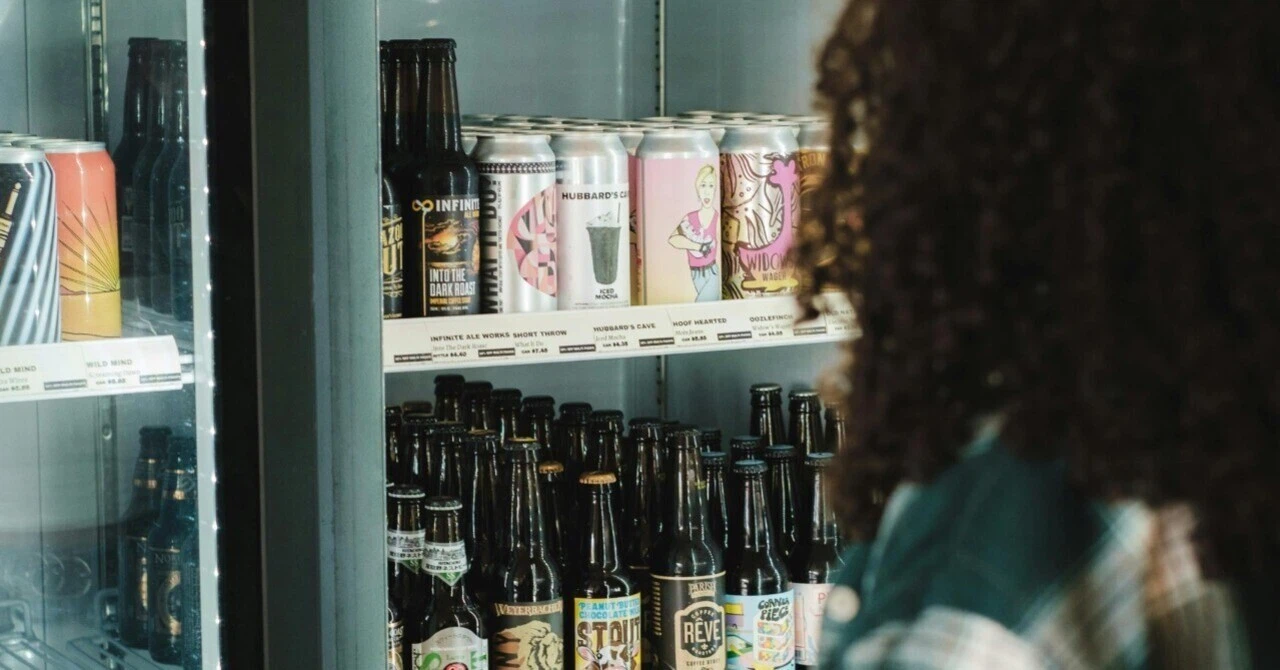
In Japan, consumers are accustomed to having a wide selection of product sizes available. For example, canned beer typically comes in both 350ml and 500ml options, and even smaller, single-sip sizes can be found. The same applies to products like hair wax—there are large containers for home use and compact versions that are easy to carry around, readily available at convenience stores and drugstores.
This variety in sizing is made possible because brands invest in understanding detailed usage scenarios. They aim to provide optimal options for different consumer needs. Retailers, in turn, recognize the value of this approach and offer assortments that reflect diverse usage patterns.
Take beer, for instance. Some consumers may find 500ml too much when they just want a small drink, while others may prefer the larger size for a more satisfying experience. With hair wax, large containers may be economical, but inconvenient for carrying around. Some customers may even want both—a full-size version for home and a portable version for on-the-go use. The Japanese market has normalized this level of segmentation, making it standard practice to offer multiple size variations.
The Situation Is Quite Different in Hong Kong
In Hong Kong, this mindset is far less common. Both manufacturers and retailers tend to prioritize maximizing limited shelf space, which often leads to a preference for larger-sized products with higher unit prices, rather than a wide selection of small-size items.
The reasoning is straightforward: smaller products generate lower profit margins. Unlike in Japan—where assortments are curated to meet various user needs—Hong Kong’s retail environment tends to focus on selling efficiently and profitably. As a result, 500ml or even 1-liter beer cans dominate the shelves, and it’s rare to find smaller formats. The same goes for hair wax—larger containers are the norm, while travel-friendly sizes are not commonly stocked.
This contrast stems less from consumer demand and more from differences in retail business models. So what kind of impact does this assortment strategy have on consumers? And is there a chance that Japan-style size variety could eventually take root in Hong Kong?
We’ll explore these questions further in the next article. (To be continued)

